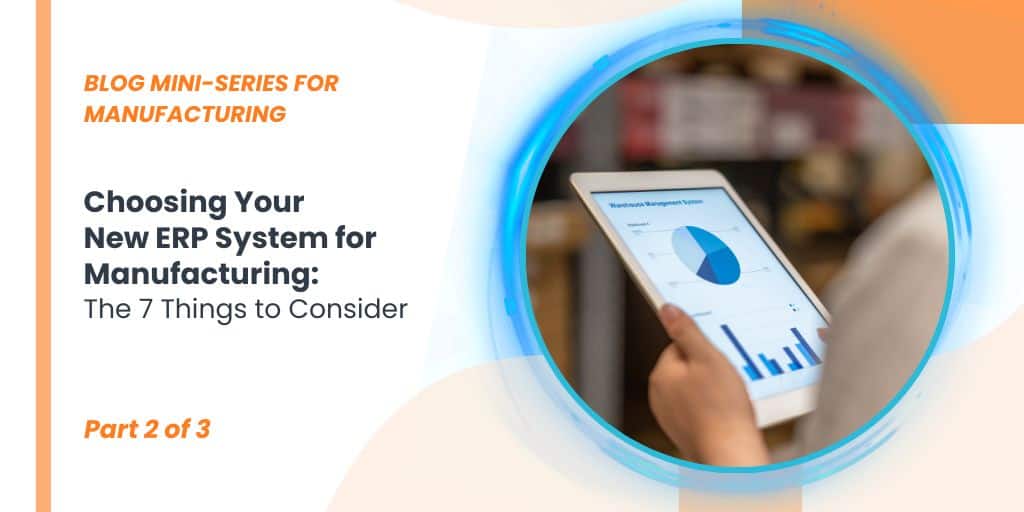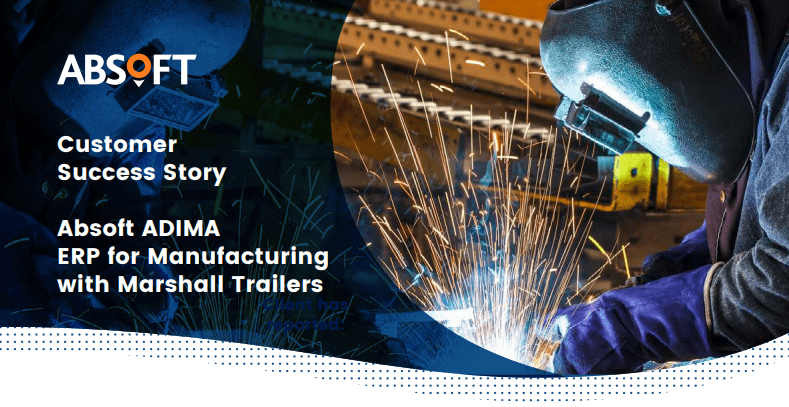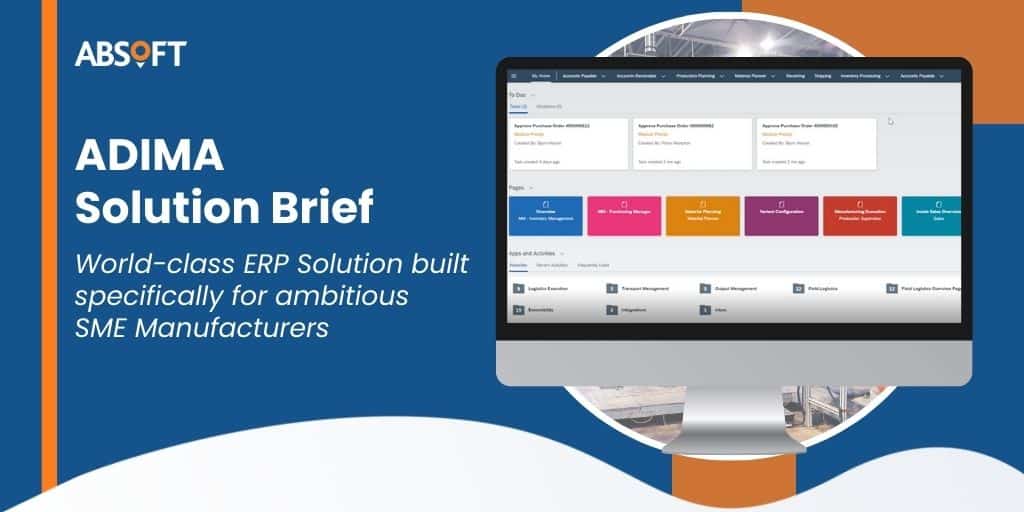You have recognized the need to modernise your software systems and understand how to choose an ERP system that is right for you. Now you are getting ready for the next inevitable step â adopting change. But implementing a new ERP system in the manufacturing industry, while transformative, can be challenging.
A robust strategy, effective change management and the right implementation partner can help with a seamless transition.
In this article, the last of the three-part series, we will explore strategies to prepare your team for a new ERP system, address common challenges faced by manufacturing companies, and guide you in fostering a successful mindset shift.

7 Steps to Successfully Navigate Change During ERP Implementation
1. Communicate
Effective communication is paramount when introducing change. Create open and transparent channels to disseminate information about the new ERP system. Ensure that employees at all levels are informed about the reasons for the change, its benefits, and the expected timeline. Addressing concerns early on fosters a sense of inclusion and helps build a foundation for a positive mindset shift. Your implementation partner should prepare you for this, and should be ready to support you and answer any of your questions.
2. Anticipate and Address Resistance
Resistance to change is natural, especially in the manufacturing sector where established processes often have deep roots. Identify potential sources of resistance early on and develop strategies to address them. Engage employees in discussions, acknowledge their concerns, and emphasize the positive impact the new ERP system will have on their work environment and overall efficiency. It is crucial that your staff feels heard.
3. Focus on Training Your Staff
Fundamentally, you are choosing an ERP system that is user-friendly and as easy to adapt as possible â especially when it comes to your shopfloor where smooth operations are critical. However, no matter how user friendly you new system is, your team will need to learn how to operate it. Your staff â the new ERP system users â are the ones whose daily lives will be affected by this change. They will need to learn how the new system works and investing in their training is fundamental for successful adoption of the technology. Investing in training programs and working alongside your implementation partner will not only put your staff at ease but will ensure as little business disruption as possible. Furthermore, ensuring that employees understand how the system will enhance their daily tasks can further help with eliminating resistance mindset.
4. Set realistic Goals and Expectations
Establish realistic expectations for the ERP implementation timeline and outcomes. Unrealistic goals can lead to frustration and resistance. Break down the implementation process into manageable phases, celebrate small victories, and continuously communicate progress. This approach fosters a sense of achievement and motivates the team to stay committed to the change. Again, you can truly lean on your implementation partner and have them guide you through the individual phases.
5. Bigger Picture: Promote a Continuous Improvement Culture
Encourage a culture of continuous improvement by emphasizing that the ERP implementation is not a one-time event but an ongoing process. Provide mechanisms for feedback, listen to user experiences, and iterate on the system based on real-world usage. This approach instills a sense of ownership and collaboration among team members.
6. Emphasize Leadership Support
Leadership plays a crucial role in setting the tone for change. Ensure that top management is actively involved in promoting the new ERP system. Leaders should communicate the strategic importance of the change, demonstrate their commitment to its success, and lead by example. Their visible support creates a positive atmosphere and encourages employees to embrace the new system.
7. Build a Cross-Functional Implementation Team
If your organisational structure allows, assembling a diverse team that represents various departments and levels within the organization can enhance your change strategy. A cross-functional team will play a crucial role in bridging communication gaps, addressing concerns, and providing support during the implementation process. Their diverse perspectives will contribute to a more holistic understanding of the challenges and solutions.
In summary, successfully implementing a new ERP system in the manufacturing industry requires a proactive and strategic approach to change management. By fostering clear communication, providing comprehensive training, and setting realistic goals, your organization can navigate the challenges of change and embrace the benefits that come with a modern ERP system. Remember, successful change is not just about the technology but about cultivating a positive mindset and a culture of adaptability within the organization.
We hope you enjoyed our “ERP for Manufacturing” mini blog series and that we provided a level of clarity to your new ERP implementation decision-making.














